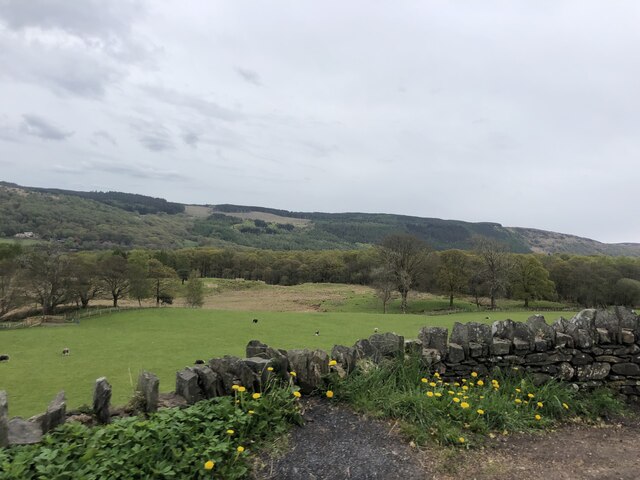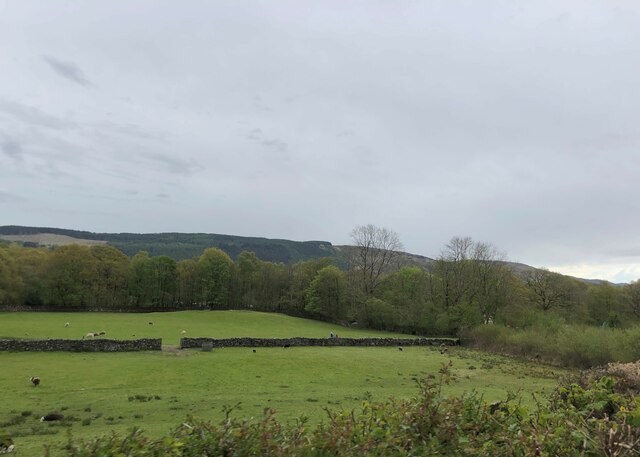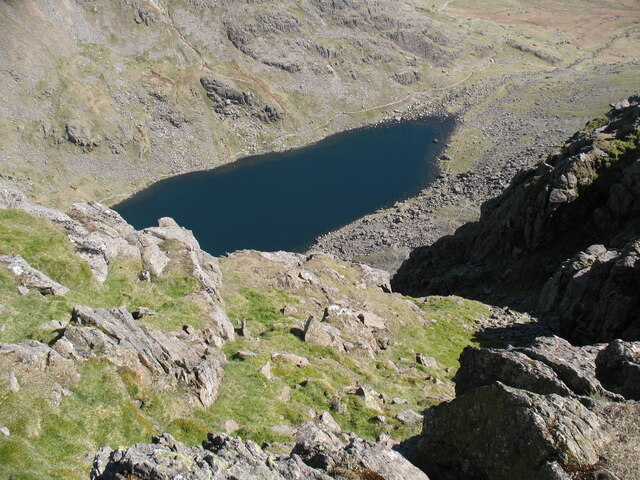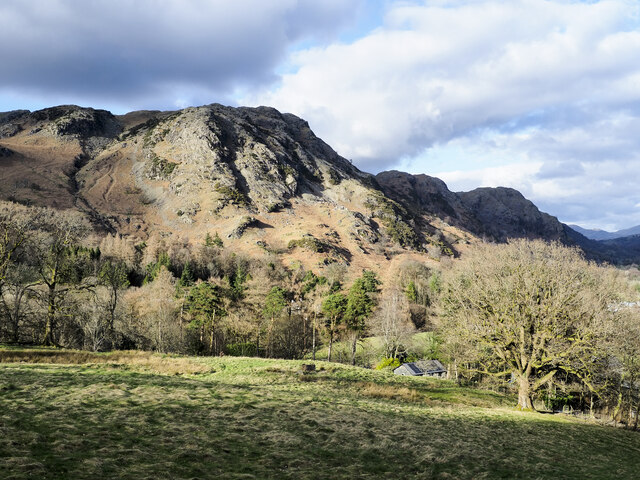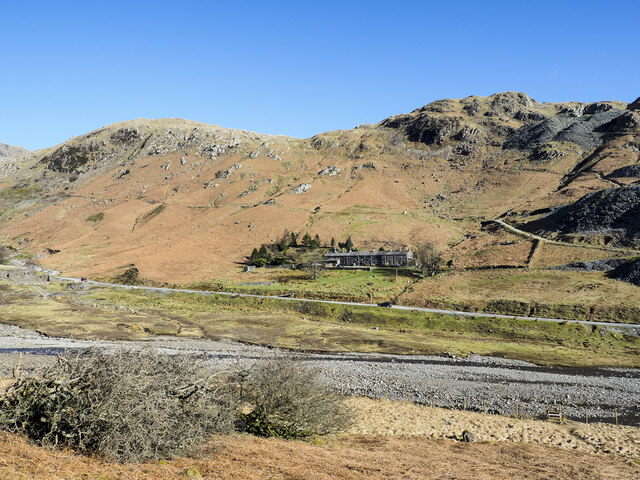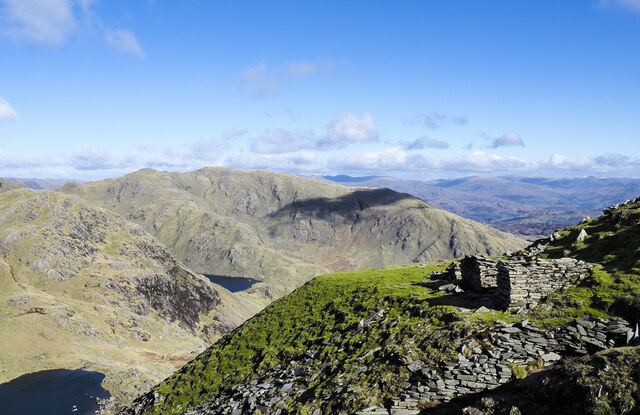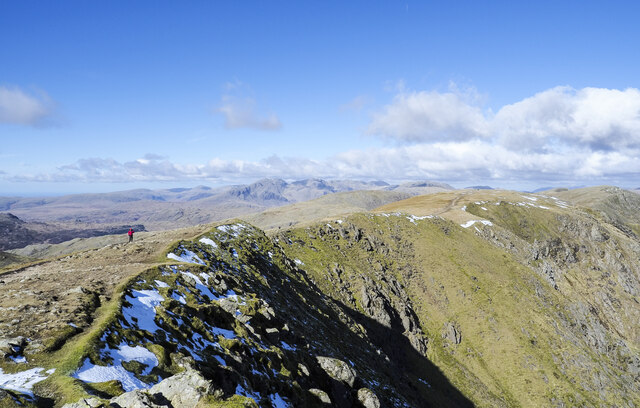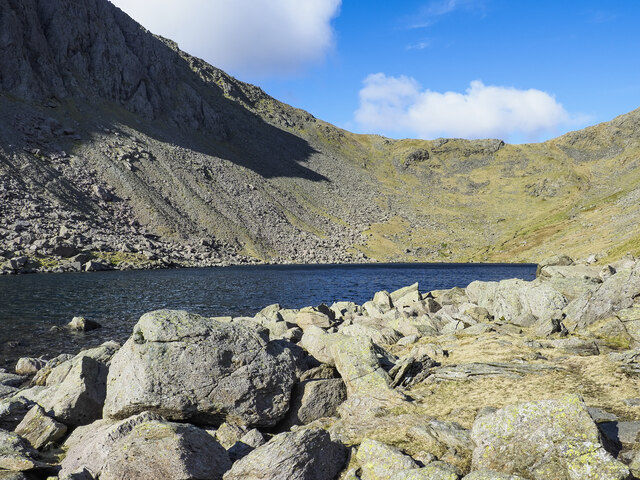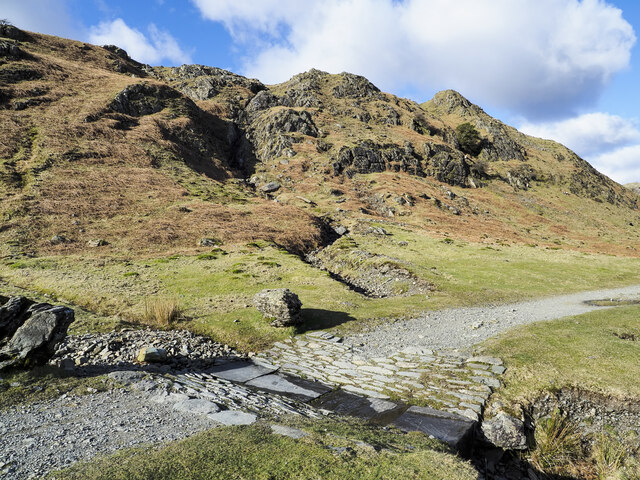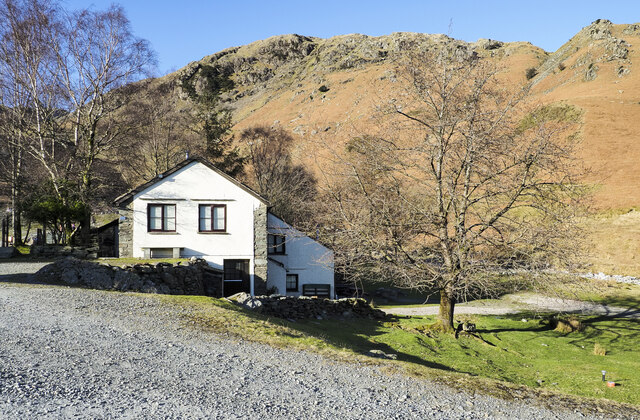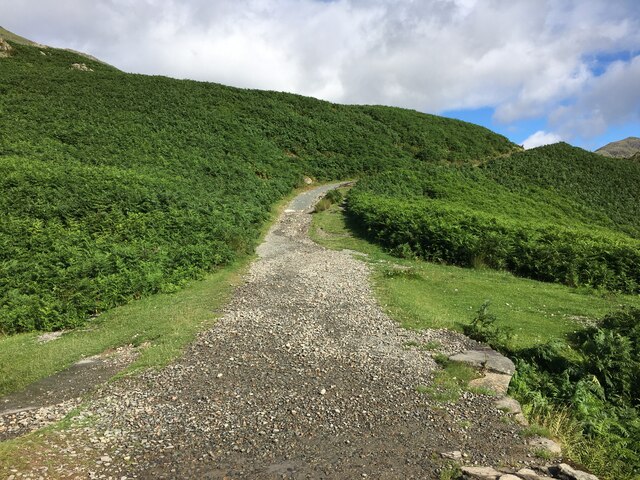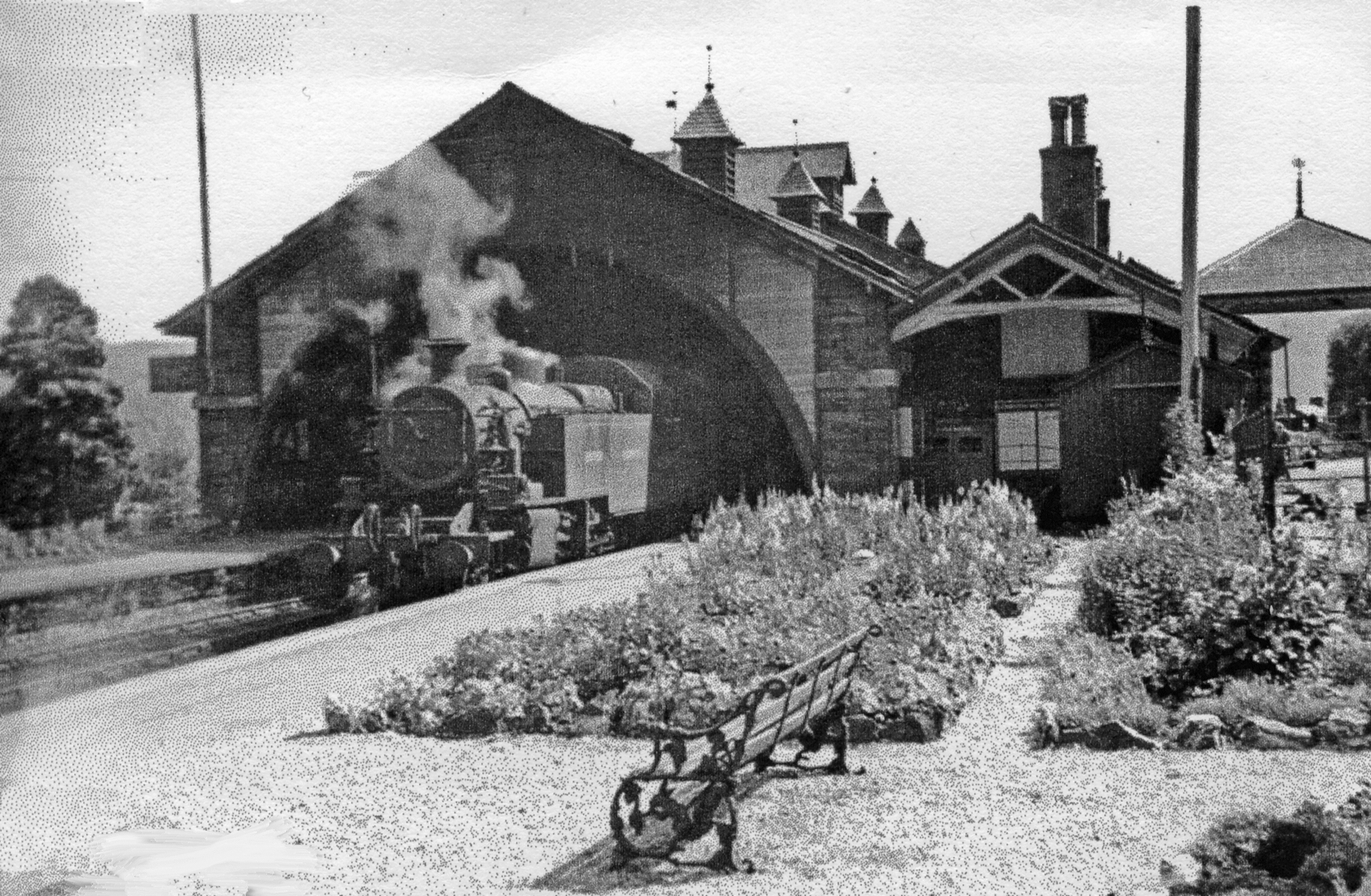Boo Tarn
Lake, Pool, Pond, Freshwater Marsh in Lancashire South Lakeland
England
Boo Tarn

Boo Tarn is a picturesque freshwater marsh located in the county of Lancashire, England. Nestled amidst the scenic beauty of the Lancashire countryside, this enchanting tarn offers a tranquil oasis for nature enthusiasts and visitors seeking a peaceful retreat.
Covering an area of approximately 2 acres, Boo Tarn is a small yet captivating body of water. It is classified as a tarn, which is a term typically used to describe a small mountain lake or pool. However, unlike its mountainous counterparts, Boo Tarn is situated in a low-lying area.
The tarn is surrounded by lush vegetation, including reeds, grasses, and various species of wildflowers. This diverse plant life provides a rich habitat for a variety of wildlife, making Boo Tarn an important ecological site. It is home to numerous bird species, such as the Eurasian teal, common snipe, and reed warbler, which can be observed in their natural habitat throughout the year.
The water in Boo Tarn is clear and pristine, owing to its freshwater source. It remains relatively shallow, with an average depth of around 3 feet, making it ideal for aquatic flora and fauna to thrive. The marshy surroundings of the tarn also contribute to the preservation of its water quality.
Visitors to Boo Tarn can enjoy peaceful walks along its shores, immersing themselves in the serene ambiance and observing the diverse flora and fauna. It is a haven for nature photographers and wildlife enthusiasts, offering ample opportunities to capture the beauty of the tarn and its inhabitants.
Overall, Boo Tarn stands as a charming freshwater marsh, providing a haven of tranquility and natural beauty in the heart of Lancashire.
If you have any feedback on the listing, please let us know in the comments section below.
Boo Tarn Images
Images are sourced within 2km of 54.361675/-3.1059257 or Grid Reference SD2896. Thanks to Geograph Open Source API. All images are credited.
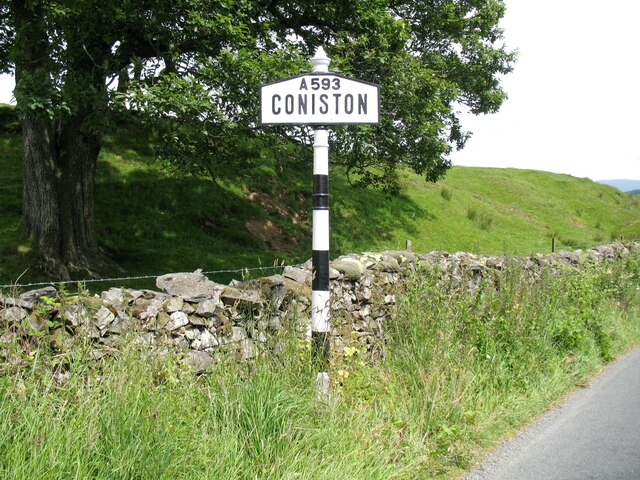
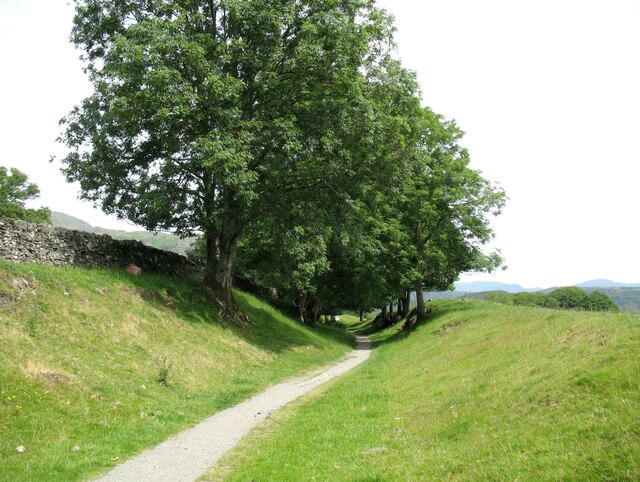
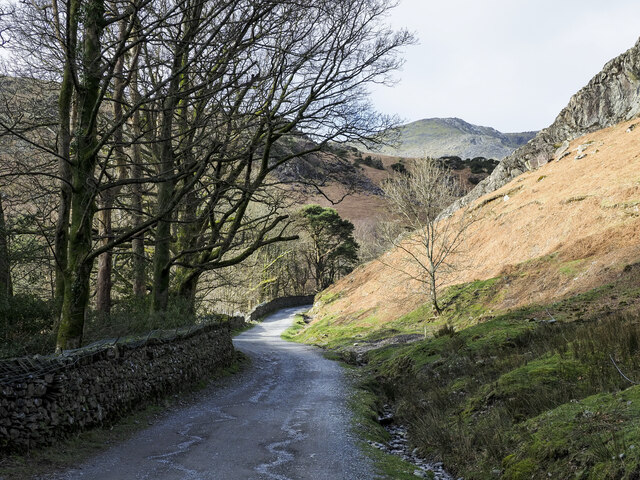
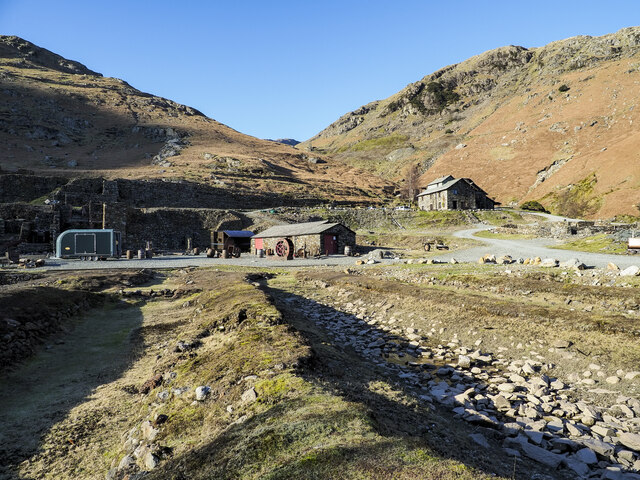
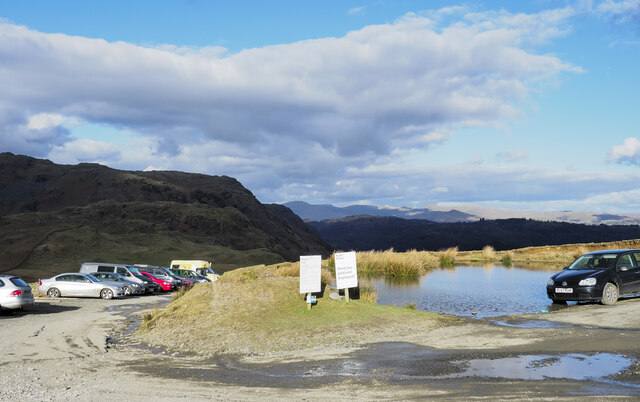
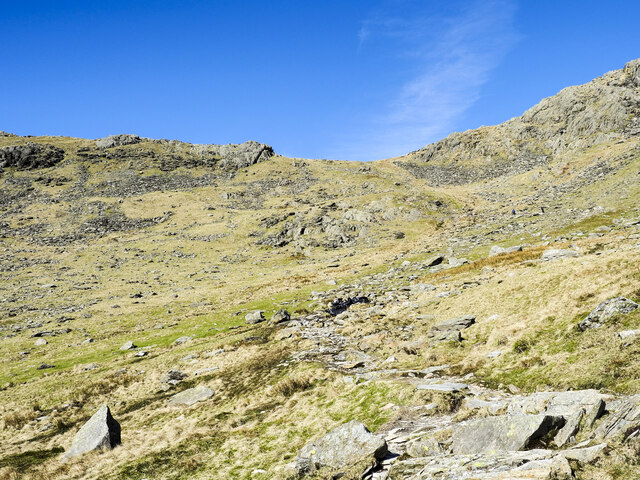
Boo Tarn is located at Grid Ref: SD2896 (Lat: 54.361675, Lng: -3.1059257)
Administrative County: Cumbria
District: South Lakeland
Police Authority: Cumbria
What 3 Words
///measuring.harder.expecting. Near Ambleside, Cumbria
Nearby Locations
Related Wikis
Old Man of Coniston
The Old Man of Coniston is a fell in the Furness Fells of the Lake District in Cumbria, England, and is the highest point (county top) of the historic...
Bowmanstead
Bowmanstead is a village in Cumbria, England. It is situated 1 mile to the south of Coniston and contains a Catholic church and a pub - The Ship Inn, it...
Coniston railway station (England)
Coniston railway station was the northern terminus of the Coniston branch line in the village of Coniston, Lancashire, England (now in Cumbria). ��2�...
Goat's Water
Goat's Water is a small accessible tarn in the English Lake District, located between Dow Crag and The Old Man of Coniston to the Duddon Valley, near the...
Nearby Amenities
Located within 500m of 54.361675,-3.1059257Have you been to Boo Tarn?
Leave your review of Boo Tarn below (or comments, questions and feedback).
